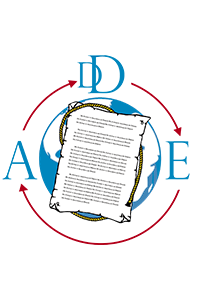How Do Men and Women Refuse? A Study on Refusal Speech Acts
How Do Men and Women Refuse? A Study on Refusal Speech Acts
Author(s): Ruhan GüçlüSubject(s): Gender Studies, Sociolinguistics, Theory of Communication, Behaviorism, Philology
Published by: T.C. MEHMET AKİF ERSOY ÜNİVERSİTESİ EĞİTİM FAKÜLTESİ
Keywords: refusal speech act; direct speech act; indirect speech act; politeness; gender differences;
Summary/Abstract: Gender and speech behavior are considered to be two interrelated variables. Abarghoui (2012) suggests that gender is one of the social variables which influences the refusing behavior of people. This study is an attempt to investigate refusal speech acts of 20 male and 20 female enactors participated in TV dating programs such as "Esra Erol’da" and “Zuhal Topal’la” in regard to the way how they use refusing strategies. Based on Brown and Levinson’s (1987) Politeness Theory and face threatening acts, data is analyzed as direct and indirect speech acts and discussed from the perspective of gender difference. Brown and Levinson (1978-1987), Leech (1983), and Searle (1976) agree upon that the indirectness is a feature of politeness. This study shows that women use more euphemistic language while men are more direct in refusal behavior and concludes that gender influences the choices of expressions of refusals.
Journal: Dil Eğitimi ve Araştırmaları Dergisi
- Issue Year: 5/2019
- Issue No: 2
- Page Range: 352-365
- Page Count: 14
- Language: English

